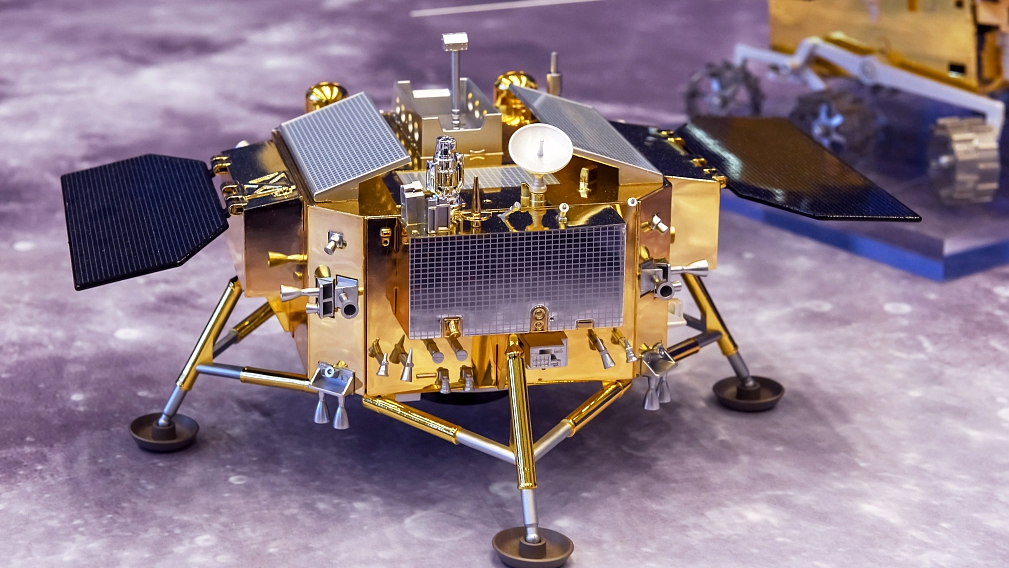The Chang 5 spacecraft, which was sent to the moon in 2020, has discovered water on the moon. Chinese scientists have released the results of their detection of water signals on the moon by the Chang-5 lunar lander, which provides new evidence for the satellite’s drought.
In a study published in the journal Science Advances, which was co-reviewed on Saturday, the lunar soil at the landing site contained 120 parts per million or 120 grams of water per ton, and a lighter vesicular rock contained 180 parts per million. Much drier than they are on earth.
A device in a lunar lander measured the spectral reflection of regolith and rock and found water on the spot for the first time.
According to researchers at the Chinese Academy of Sciences (CAS), the water content can be estimated by absorbing water molecules or hydroxyl at a frequency of three micrometers.
The researchers said that the solar wind contributed to the lunar soil’s high humidity because it brought in hydrogen to make water.
According to researchers, in addition to the one million pieces of water in the rock, 60 parts could form from the moon’s interior.
Therefore, it is estimated that the rock came from the old, high-moisture basaltic unit before being ejected at the landing site taken by the lunar lander.
Studies have shown that the moon dries up over a period of time, possibly due to the dehydration of its mantle reservoir.
The Chang’e-5 spacecraft landed on a young wooden basalt located in the mid-high latitudes of the moon. It measured the water on the spot and recovered samples weighing 1,731 grams.
“The returned samples are a mixture of particles above and below the surface,” Lin Hongley, a researcher at the Geological and Geophysical Institute under CAS, told Xinhua. But the outer layer of the lunar surface can be measured by in-situ study. Lin said simulating real lunar surface conditions on Earth is challenging and, thus, in-situ measurement is essential.
According to the study, the results are consistent with the initial analysis of the returned Chang’e-5 models. These findings provide additional clues to China’s Chang’e-6 and Chang’e-7 missions. Studies on lunar water reserves are coming to light as the construction of manned lunar stations is on the pipeline in the coming decades.

